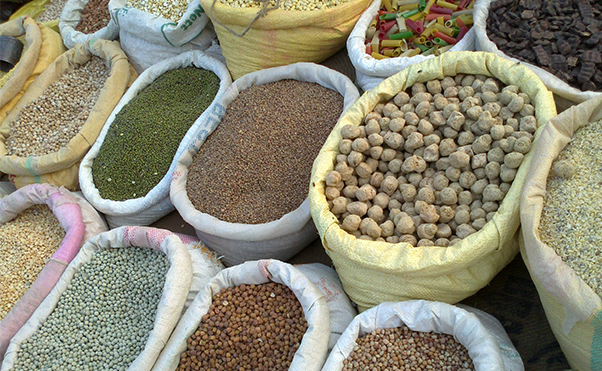grains
- Home
- |
- Grains
Grains are small, hard, dry seeds harvested for consumption. They are staple foods globally and come in various types, each with distinct nutritional benefits and culinary uses.
Specifications
Wheat
- Color: Golden brown
- Texture: Hard and dry
- Nutritional Content: High in carbohydrates, protein, and dietary fiber
- Uses: Bread, pasta, pastries, and cereals
Rice
- Color: White, brown, black, or red
- Texture: Varies from soft and sticky to firm and separate
- Nutritional Content: Rich in carbohydrates, moderate protein, low fat
- Uses: Boiled rice, sushi, risotto, and rice flour
Oats
- Color: Light brown to beige
- Texture: Soft and chewy when cooked
- Nutritional Content: High in soluble fiber, protein, and essential fatty acids
- Uses: Oatmeal, granola, baked goods, and oat milk
Barley
- Color: Pale yellow
- Texture: Chewy
- Nutritional Content: High in fiber, vitamins, and minerals
- Uses: Soups, stews, beer, and barley flour
Quinoa
- Color: White, red, or black
- Texture: Light and fluffy when cooked
- Nutritional Content: High in protein, fiber, and essential amino acids
- Uses: Salads, side dishes, and gluten-free baking
Corn
- Color: Yellow, white, or multicolored
- Texture: Crunchy when raw, tender when cooked
- Nutritional Content: Rich in carbohydrates, fiber, and B vitamins
- Uses: Cornmeal, popcorn, tortillas, and corn syrup
Grains are versatile ingredients that form the foundation of many diets. Their diverse flavors, textures, and nutritional profiles make them indispensable in both traditional and modern cuisines.

